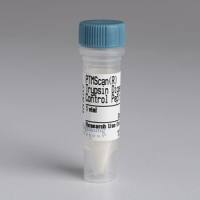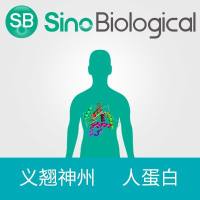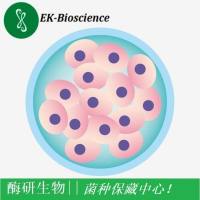An In Vitro Trauma Model to Study Rodent and Human Astrocyte Reactivity
互联网
719
Protocols are presented describing a unique in vitro injury model and how to culture and mature mouse, rat, and human astrocytes
for its use. This injury model produces widespread injury and astrocyte reactivity that enable quantitative measurements of
morphological, biochemical, and functional changes in rodent and human reactive astrocytes. To investigate structural and
molecular mechanisms of reactivity in vitro, cultured astrocytes need to be purified and then in vitro “matured” to reach
a highly differentiated state. This is achieved by culturing astrocytes on deformable collagen-coated membranes in the presence
of adult-derived horse serum (HS), followed by its stepwise withdrawal. These in vitro matured, process-bearing, quiescent
astrocytes are then subjected to mechanical stretch injury by an abrupt pressure pulse from a pressure control device that
briefly deforms the culture well bottom. This inflicts a measured reproducible, widespread strain that induces reactivity
and injury in rodent and human astrocytes. Cross-species comparisons are possible because mouse, rat, and human astrocytes
are grown using essentially the same in vitro treatment regimen. Human astrocytes from fetal cerebral cortex are compared
to those derived from cortical biopsies of epilepsy patients (ages 1–12 years old), with regard to growth, purity, and differentiation.
This opens a unique opportunity for future studies on glial biology, maturation, and pathology of human astrocytes. Prototypical
astrocyte proteins including GFAP, S100, aquaporin4, glutamate transporters, and tenascin are expressed in mouse, rat, and
human in vitro matured astrocyte. Upon pressure-stretching, rodent and human astrocytes undergo dynamic morphological, gene
expression, and protein changes that are characteristic for trauma-induced reactive astrogliosis.









